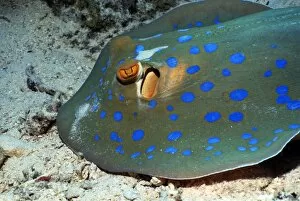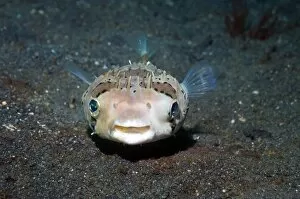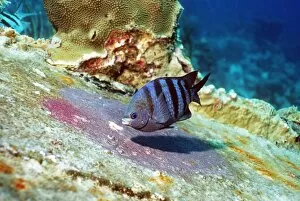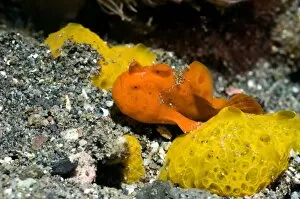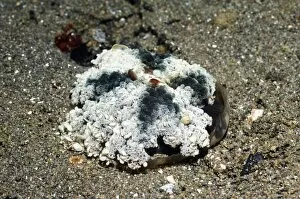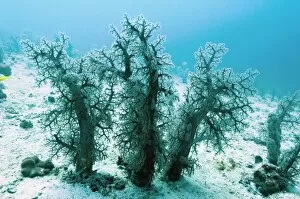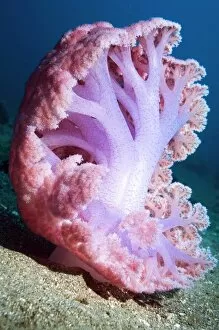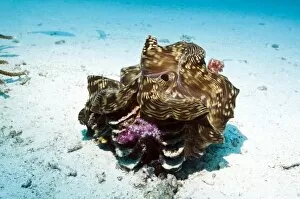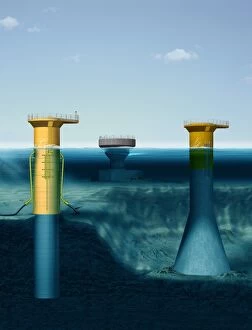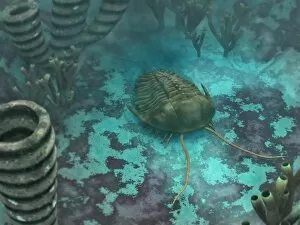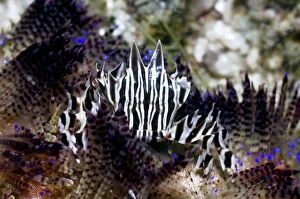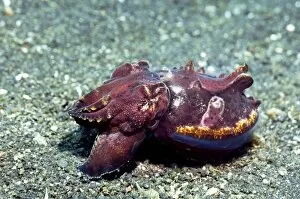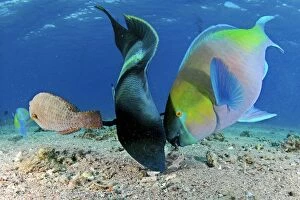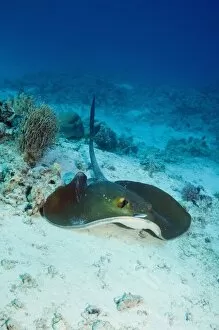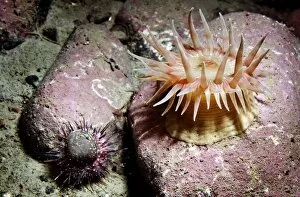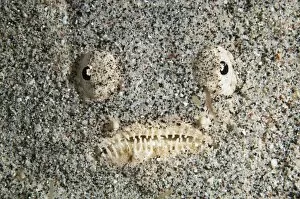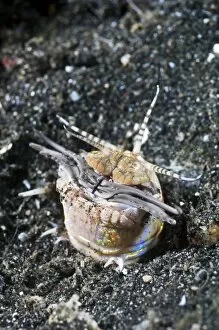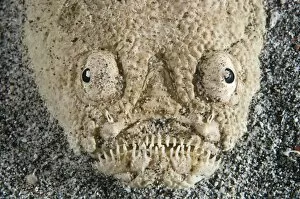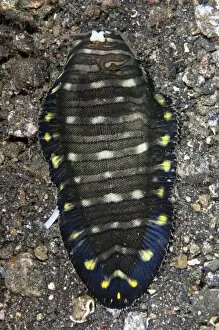Sea Floor Collection (#3)
"Exploring the Hidden Depths: Unveiling Earth's Mysterious Sea Floor" Dive into the depths of our planet with topographic and bathymetric maps
For sale as Licensed Images
Choose your image, Select your licence and Download the media
"Exploring the Hidden Depths: Unveiling Earth's Mysterious Sea Floor" Dive into the depths of our planet with topographic and bathymetric maps, revealing the intricate landscapes that lie beneath the ocean's surface. From the Mariana Trench sea floor topography to Australia's diverse underwater terrain, witness nature's breathtaking artistry. Amidst this aquatic wonderland, graceful green turtles gracefully glide through crystal-clear waters. Three turtles swimming underwater create a mesmerizing spectacle, showcasing their elegance in harmony with their marine surroundings. The juxtaposition of Earth's terrestrial and aquatic realms is showcased by contrasting topographic maps of Africa and Australia. These maps highlight how landforms seamlessly transition into vast oceans, reminding us of our planet's interconnectedness. Venturing further below, we encounter captivating encounters between humans and marine creatures. Witness a diver engaged in an intense battle with an octopus in Toulon harbor - a testament to both the beauty and unpredictability of life undersea. Intriguingly, even British waters hold hidden treasures as depicted by edible shellfish thriving amidst vibrant colors captured in lithographs. The rich biodiversity found within these coastal regions reminds us of nature’s abundance just beyond our shores. Finally, immerse yourself fully in this enchanting world through "La Photographie Sous Les Flots, " an engraving capturing the magic experienced when exploring beneath the waves. This artwork transports us to another realm where wonders await those who dare to venture below sea level. The sea floor holds countless secrets waiting to be discovered; it is a testament to Earth’s complexity and resilience. Let us continue exploring its mysteries while cherishing its fragile beauty for generations to come.

